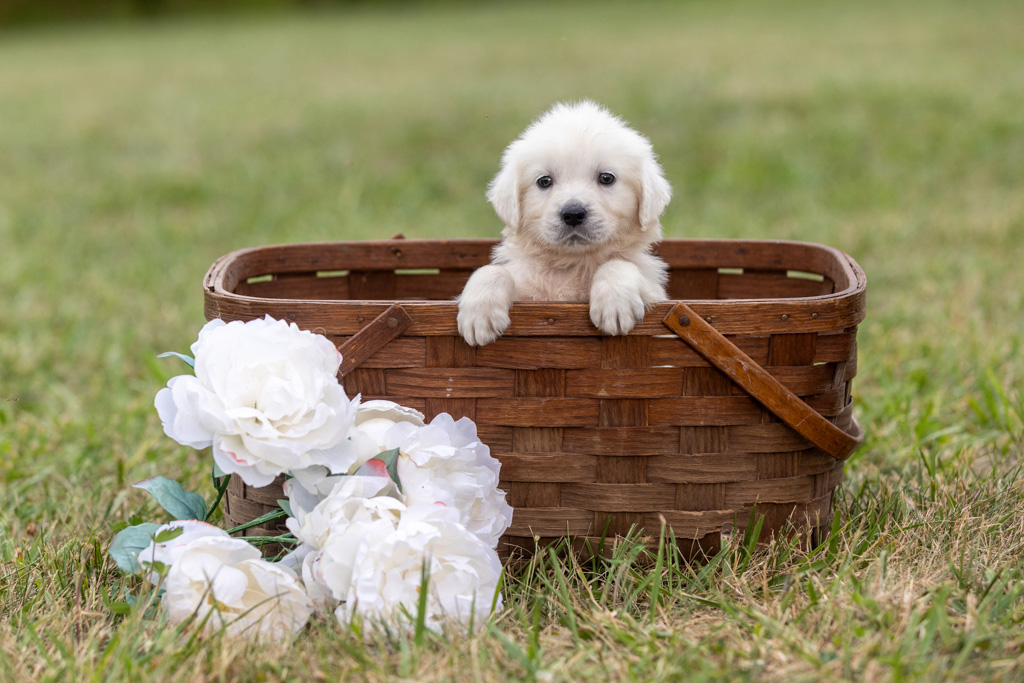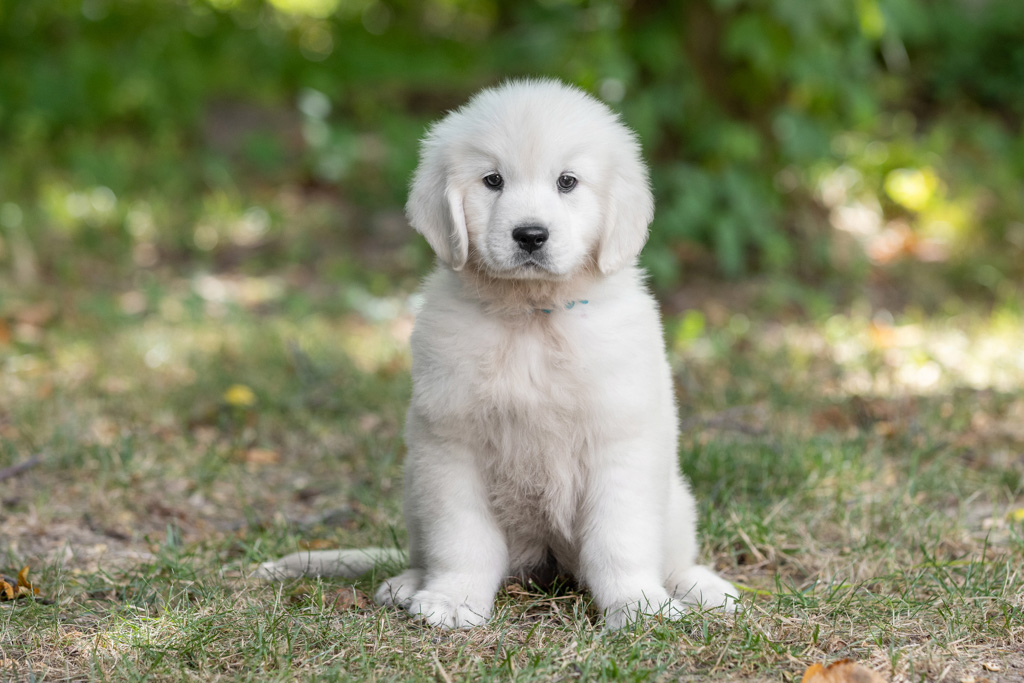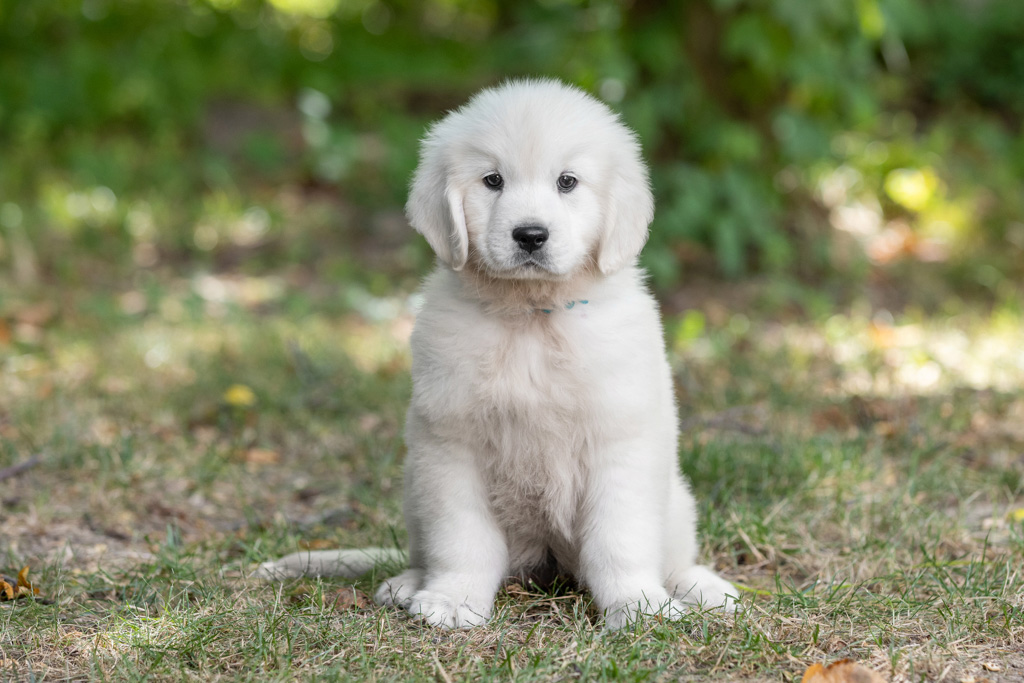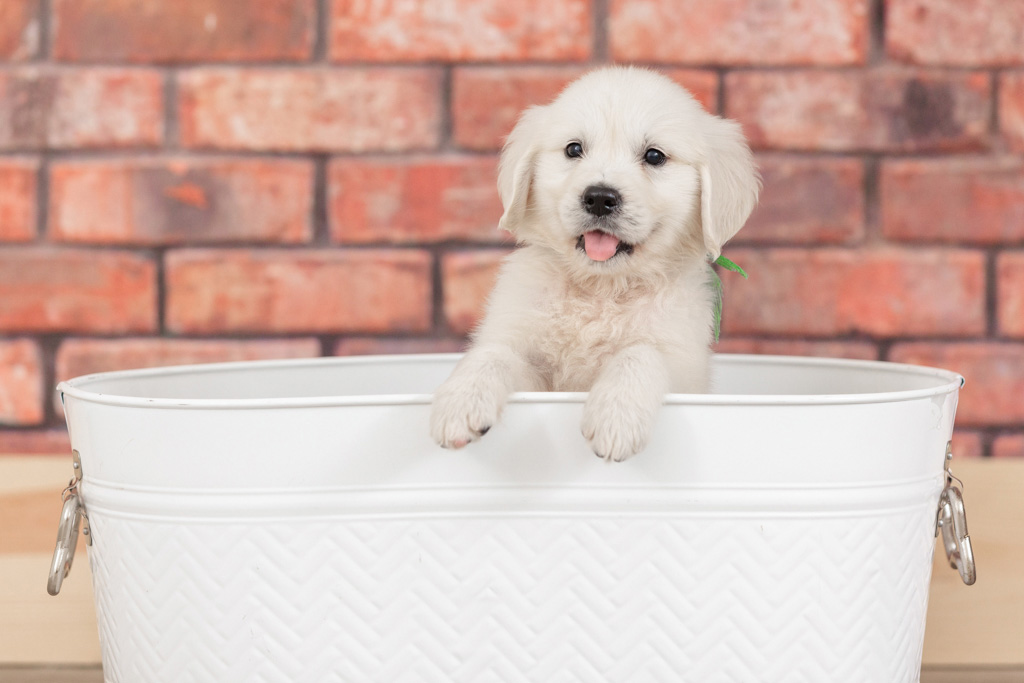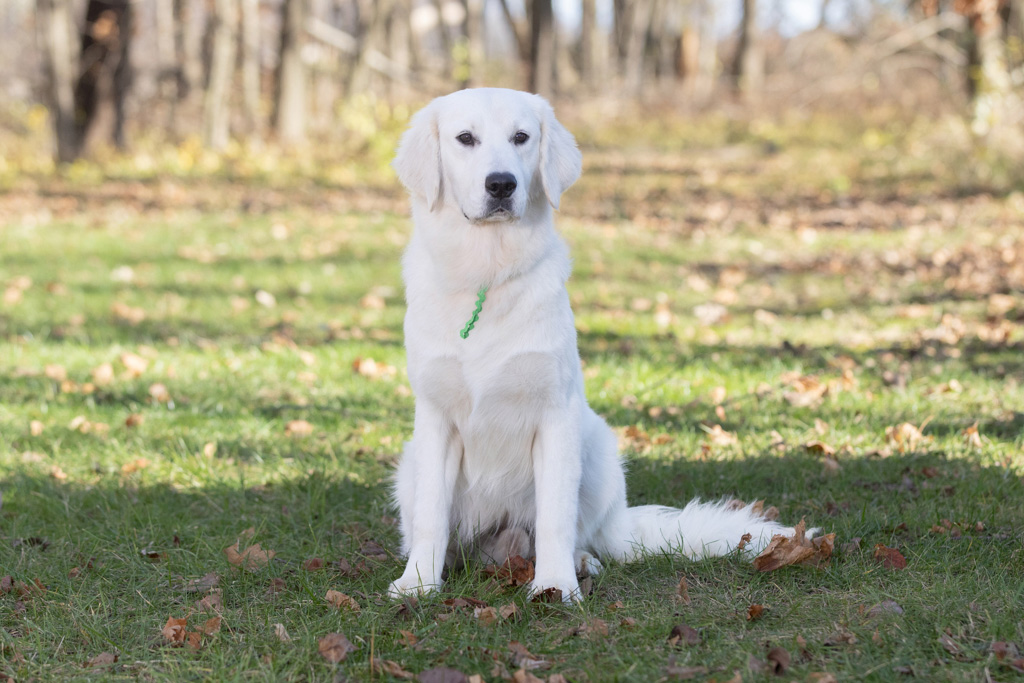Our dogs are more than just pets; they are family. As devoted dog owners, we strive to provide them with the best care possible. This includes understanding what foods are safe and which are not.
Many common foods can be harmful to our furry friends. Some can even be life-threatening. Knowing which foods to avoid is crucial for their health and safety.
This guide will help you navigate the world of pet food safety. It will highlight foods that are toxic to dogs.
By understanding these risks, you can make informed choices. This ensures your dog stays healthy and happy.
We will explore various foods that pose dangers to dogs. From chocolate to grapes, the list is extensive.
Each section will provide insights into why these foods are harmful. You’ll learn how to prevent accidental ingestion.
Our goal is to empower you with knowledge. This will help you protect your beloved canine companion.
Let’s embark on this journey to enhance your dog’s well-being. Together, we can create a safer environment for them.
Why Pet Food Safety Matters: Understanding the Risks
Pet food safety is more than just keeping your dog healthy. It’s about protecting them from hidden dangers lurking in everyday foods. These risks, if ignored, can lead to severe health issues or even be fatal.
Dogs are naturally curious creatures. They often investigate their surroundings through taste and smell. This makes them susceptible to eating harmful substances. Understanding which foods are toxic can prevent heartbreak.
Common foods like chocolate or onions can be perilous for dogs. As pet owners, it’s crucial to recognize these threats. Doing so enables us to take proactive measures in ensuring safety.
Here are reasons why pet food safety is vital:
- Prevents potential health crises
- Ensures long, healthy lives
- Supports responsible pet ownership
By knowing what foods to avoid, you protect your dog’s health. This awareness fosters a safer environment for them to thrive in.
The Most Toxic Dog Foods: What to Keep Out of Reach
Guarding your dog’s health means recognizing common foods that are surprisingly toxic. Dogs can’t process many human foods effectively, leading to severe health issues. Understanding these dangers is pivotal for a safe living space.
Many everyday items in your kitchen can be harmful to dogs. Chocolate, onions, and artificial sweeteners are common culprits. Each carries significant risks, making them essential to keep away from curious pets.
Recognizing which foods are toxic helps prevent unnecessary trips to the vet. It’s crucial for the well-being of your dog. Education and awareness are your best defense against these preventable dangers.
Here’s a brief list of toxic foods:
- Chocolate, coffee, caffeine
- Grapes, raisins
- Onions, chives, and leeks
- Xylitol and artificial sweeteners
- Alcohol and yeast dough
By learning these dangers, you’re safeguarding your pet. Knowing specific symptoms can also indicate when your dog has ingested something harmful. Seek immediate veterinary care if you suspect your dog has consumed any toxic foods.
Chocolate, Coffee, and Caffeine
Chocolate, coffee, and caffeine are common household items but extremely toxic for dogs. They contain methylxanthines, particularly theobromine, which can be perilous even in small amounts. These substances, found in cacao, cause vomiting, diarrhea, and much worse if ingested.
Different types of chocolate pose different levels of risk. Dark chocolate contains the most theobromine, while white chocolate has less, but no amount is safe for dogs. Monitor all caffeine products, including teas and energy drinks.
Immediate symptoms can include restlessness and hyperactivity. This can quickly progress to heart problems and seizures. If you suspect ingestion, contact your veterinarian right away for potential life-saving guidance.
Grapes and Raisins
Grapes and raisins might seem harmless, but they can cause kidney failure in dogs. Even small quantities pose a significant risk. It’s critical to avoid leaving these fruits within reach of your pet.
The exact substance causing toxicity is still unknown, which makes it even more mystifying. Symptoms can appear within hours and include vomiting, lethargy, and a lack of appetite. Quick veterinary intervention is crucial if ingestion occurs.
Onions, Chives, and Leeks
Onions, garlic, chives, and leeks are flavorful for humans, but hazardous for dogs. These vegetables can damage a dog’s red blood cells, leading to anemia. Both raw and cooked forms are equally dangerous.
Symptoms might take days to appear, creating an unnoticeable danger. You may observe weakness, lethargy, and discolored urine. It’s essential to keep any dish containing these ingredients away from your canine companion.
Xylitol and Artificial Sweeteners
Xylitol is a common artificial sweetener present in gum, candies, and some baked goods. It’s harmless to humans but deadly to dogs. When ingested, it can cause rapid insulin release, resulting in hypoglycemia.
Liver failure can occur within a short time, along with vomiting and coordination loss. Always check labels, especially on sugar-free products. Quick response can make a difference, so call your vet if your dog consumes xylitol.
Alcohol and Yeast Dough
Alcohol is incredibly dangerous for dogs, leading to potential poisoning. Even small amounts can cause vomiting, coordination loss, and more severe symptoms. Alcohol can drop blood pressure and body temperature, proving fatal.
Similarly, yeast dough poses risks as it expands in the stomach. This can lead to painful bloating and potential rupture. Keep alcoholic beverages and uncooked dough far from your dog’s reach to ensure safety.
Macadamia Nuts and Other Dangerous Nuts
Macadamia nuts can cause serious reactions in dogs, leading to weakness and tremors. Most nuts are also high in fat, potentially causing pancreatitis. Reactions are generally seen within 12 hours of ingestion.
It’s crucial to keep nuts of all kinds out of a curious dog’s reach. Contact a veterinarian if your dog eats nuts, as timely action can prevent major health issues.
Avocado
Avocado contains persin, a fungicidal toxin that is dangerous for dogs. While less toxic than other foods, it can cause vomiting and diarrhea. Ensure avocados and related products are stored securely, out of your dog’s range.
Fatty Foods and Cooked Bones
Fatty foods, such as bacon, are tempting but hazardous. High-fat levels can lead to pancreatitis, which is painful and potentially deadly. Cooked bones, meanwhile, pose a risk for splintering and causing digestive tears.
Feeding cooked bones or fatty foods to dogs risks their well-being. Monitor food leftovers and ensure they’re disposed of properly.
Salt and Salty Snacks
Salt in large amounts can lead to sodium ion poisoning in dogs. Salty snacks, such as chips, can cause excessive thirst, urination, and potential poisoning. It’s critical to limit your dog’s salt intake to prevent these risks.
Dairy Products
Many dogs struggle with lactose, making dairy products a poor choice. Consuming them can result in digestive upset, including diarrhea. Opt for lactose-free options or dog-specific treats to avoid gastrointestinal trouble.
Raw Eggs, Raw Meat, and Raw Fish
Raw eggs, meat, and fish may contain bacteria or parasites, harmful for dogs. Bacterial infections like salmonella are possible, as well as biotin deficiency from raw eggs. Feeding raw food requires extreme caution and knowledge.
Ensure any raw items are safe and sourced from reputable suppliers. Consider cooked alternatives to support your dog’s health with less risk.
Certain Fruits and Vegetables
Some fruits and vegetables are unsafe due to their seeds or chemical makeup. Cherries and peaches have cyanide-containing pits. Others, like rhubarb, contain oxalates that affect dogs negatively.
Unsafe fruits include:
- Cherries
- Peaches
- Rhubarb
- Mushrooms
Understanding each plant’s risk empowers pet owners to make educated choices. Always research and double-check before feeding unknown foods.
Nutmeg, Spices, and Moldy Foods
Nutmeg contains myristicin, a toxin that can cause seizures in dogs. Similarly, many spices can upset a dog’s digestive system. Moldy foods, on the other hand, might contain harmful mycotoxins.
It’s best to avoid seasoning your dog’s food with spices. Securely discard moldy food to prevent accidental ingestion, ensuring your dog’s safety.
Foods Dogs Can’t Eat: A Quick Reference List
Many everyday foods are harmful to dogs and should be kept out of reach at all times. It’s essential for dog owners to have an easy reference of these items to ensure their pet’s safety. Here’s a quick list to help you identify potentially dangerous foods for dogs:
- Chocolate
- Grapes and raisins
- Onions and garlic
- Xylitol (found in sugar-free items)
- Macadamia nuts
- Avocado
- Alcohol
- Yeast dough
- High-fat foods like bacon
- Cooked bones
- Salty snacks
- Dairy products
- Raw eggs, raw meat, and raw fish
- Certain fruits and vegetables like cherries and rhubarb
Keeping this list handy will help guard your dog against accidental ingestion and potential health risks.
Signs of Food Poisoning in Dogs: What to Watch For
Recognizing the signs of food poisoning in dogs is crucial for prompt action. Various symptoms can indicate that something is wrong. Monitor your dog closely if they seem unwell.
Common symptoms to watch for include:
- Vomiting and diarrhea
- Lethargy or weakness
- Loss of appetite
Severe reactions may involve tremors or seizures, requiring immediate veterinary care. Always trust your instincts when your dog’s behavior changes suddenly. Quick identification and action can significantly impact your pet’s recovery. Keep emergency contacts handy for those essential moments.
What to Do If Your Dog Eats Something Harmful
If your dog ingests a toxic substance, swift action is crucial. Calmly assess the situation to gather necessary details. Identifying what and how much was consumed can aid in treatment decisions.
Follow these key steps:
- Contact your veterinarian immediately.
- Call a pet poison hotline for guidance.
- Do not induce vomiting unless instructed.
Ensure you have vital information ready when you call for help. Prompt communication with professionals can be life-saving for your pet. Stay vigilant and act quickly to ensure their safety.
Safe Feeding Habits: Dog Health Tips for Every Home
Establishing safe feeding habits is essential for your dog’s well-being. Begin with a diet tailored to their breed, size, and age. Consult with a veterinarian for personalized nutritional advice.
To foster a safe eating environment, consider these practices:
- Provide dog-specific foods and treats.
- Store human food securely out of reach.
- Encourage family members to avoid feeding table scraps.
Routine vet check-ups play a key role in maintaining your pet’s health. They help catch dietary issues early. Keeping an open line of communication with your vet will empower you in decision-making.
Lastly, educate those around you about pet food safety. Sharing knowledge can greatly enhance your dog’s home environment. It promotes overall health and happiness.
Creating a Dog-Safe Kitchen: Prevention and Education
Keeping your kitchen safe for your dog is crucial. Begin by identifying and securing potential hazards. A simple checklist can guide you:
- Store foods in closed cabinets.
- Use trash cans with secure lids.
- Keep toxic foods out of reach.
Education is key in prevention. Discuss with family members and guests the importance of not feeding harmful foods to dogs. This fosters a safe and mindful environment. Regularly updating your knowledge on pet food safety contributes positively to preventing accidents.
Frequently Asked Questions About Foods Harmful to Dogs
What should I do if my dog eats something toxic?
Act quickly. Remove the item from reach and contact your vet or local emergency clinic immediately. Fast action can prevent severe complications.
Can small amounts be safe?
No level of toxic foods should be considered safe. Even small amounts can cause harm depending on the food and dog’s size.
What’s a reliable action plan?
A handy action plan includes:
- Identifying harmful foods.
- Using a secure storage system.
- Keeping emergency contacts accessible.
By adopting these practices, you can safeguard your dog’s well-being effectively.
Conclusion: Protecting Your Dog Through Knowledge and Care
Knowledge is your strongest tool in keeping your dog safe. With awareness, you can prevent accidental ingestion of harmful foods. Every meal and treat you provide is an opportunity to nurture their health.
It’s a shared responsibility among family members to protect your dog. Educating loved ones reinforces safety measures, creating a nurturing, dog-friendly environment.



